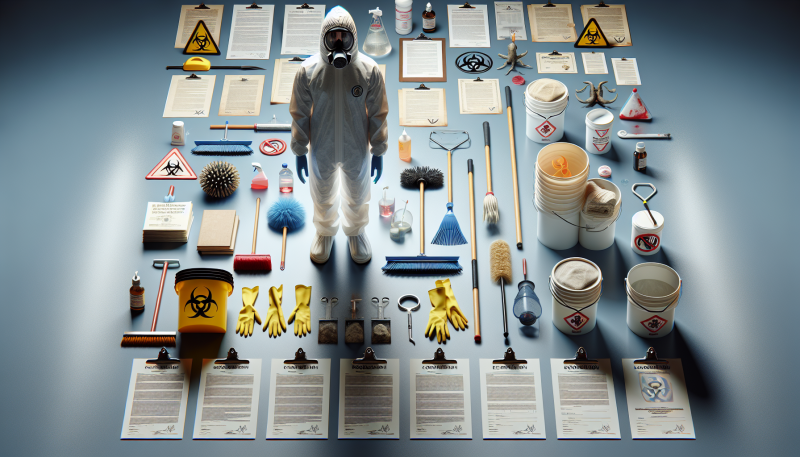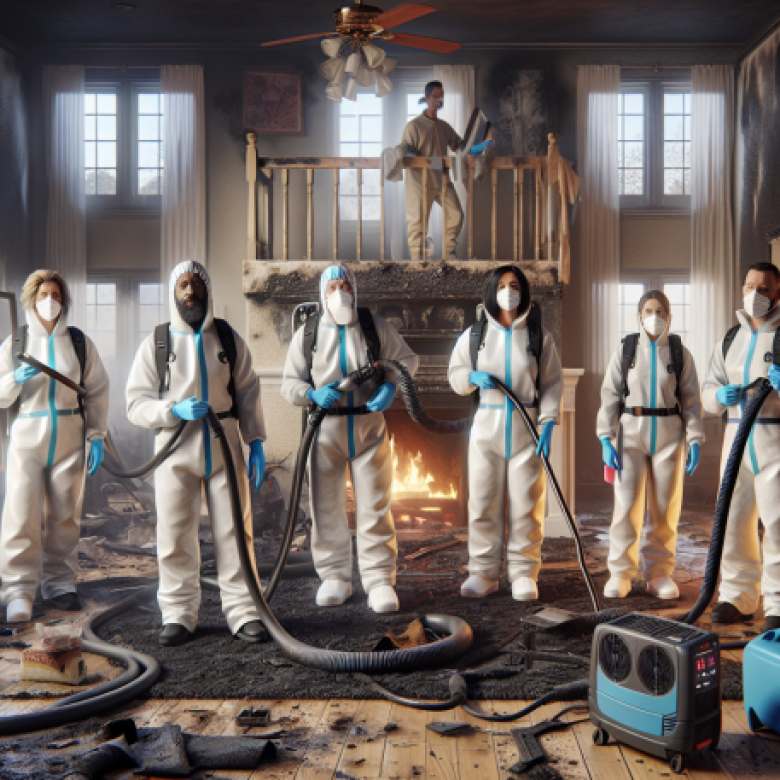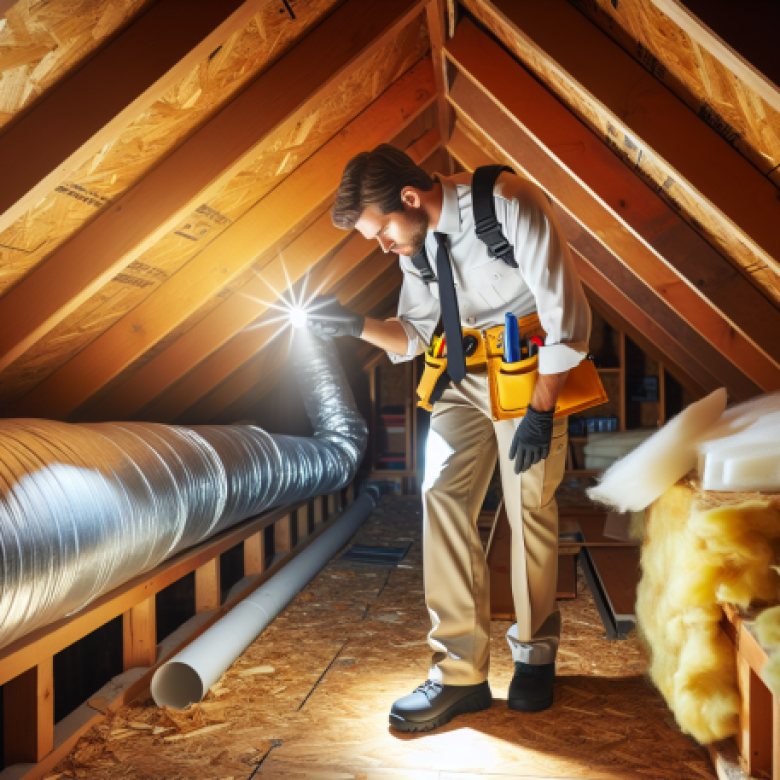Biohazard Clean Up: Legal Requirements is a critical topic for anyone dealing with property restoration. At Projekt Restoration, we understand the complexities involved in biohazard cleanup and the stringent legal requirements that must be met. Have you ever wondered what laws and regulations govern the cleanup of hazardous materials? Our team of experts is here to guide you through the maze of legalities to ensure your property is restored safely and compliantly.
The legal requirements for biohazard cleanup are extensive and vary by jurisdiction. Federal, state, and local regulations all play a role in how biohazardous materials must be handled, transported, and disposed of. This article will cover key regulations such as OSHA standards, EPA guidelines, and state-specific laws that impact biohazard cleanup. Understanding these requirements is crucial for both property owners and restoration professionals to avoid legal pitfalls and ensure safety.
But the regulations don’t stop there. Compliance with these laws is just the beginning. We’ll delve into the specific steps you need to take to meet these requirements, featuring insights from industry experts. So, let’s dive into the essential legal aspects of biohazard cleanup and ensure your property restoration project is both safe and legally sound.
Understanding Biohazard Clean Up
A biohazard refers to any biological substance that poses a threat to the health of living organisms. This includes medical waste, human blood, and bodily fluids. Proper biohazard clean up is crucial to prevent the spread of infectious diseases and ensure a safe environment.
Common scenarios requiring biohazard clean up include crime scenes, where blood and bodily fluids are present, and medical facilities, which generate hazardous waste. Chemical spills also necessitate specialized clean up to avoid contamination and health risks.
For expert assistance, consider contacting professionals who specialize in biohazard clean up. They have the necessary training and equipment to handle these dangerous situations safely. Additionally, if you need help with other restoration services, such as water damage or mold removal, professional teams are available to assist.
Legal Framework for Biohazard Clean Up
Federal laws play a crucial role in biohazard clean up. The Occupational Safety and Health Administration (OSHA) sets stringent guidelines to ensure worker safety. Additionally, the Environmental Protection Agency (EPA) enforces regulations to protect the environment from hazardous waste. Compliance with these federal laws is mandatory.
State-specific regulations can vary significantly. Some states have more stringent requirements than federal laws, while others align closely with them. For instance, California has its own set of rules under the California Department of Public Health. It’s essential to understand your state’s specific regulations to ensure full compliance.
Local ordinances and health department guidelines also impact biohazard clean up. These can include zoning laws, waste disposal protocols, and health and safety standards. Local health departments often provide additional guidelines to safeguard public health. Adhering to these local rules is vital for a successful clean up operation.
For more information on biohazard clean up, visit our biohazard clean up page. If you need assistance, feel free to contact us. Additionally, check out our calculator for cost estimates.
Licensing and Certification Requirements
Professionals in biohazard clean-up must obtain specific certifications to ensure safety and compliance. Key certifications include HAZWOPER and the Bloodborne Pathogens Standard. The HAZWOPER certification, mandated by OSHA, covers hazardous waste operations and emergency response. It requires a 40-hour training course followed by annual refresher courses. The Bloodborne Pathogens Standard focuses on protecting workers from health hazards related to bloodborne pathogens. This certification involves initial training and annual updates.
Obtaining these certifications involves enrolling in accredited training programs. These programs offer comprehensive instruction on safety protocols, proper use of personal protective equipment (PPE), and emergency procedures. After completing the training, professionals must pass an exam to receive their certification.
Ongoing training and recertification are crucial. They ensure that professionals stay updated on the latest safety standards and techniques. Regular training sessions help reinforce knowledge and introduce new industry practices. For more information on biohazard clean-up, visit our biohazard clean-up page. Additionally, if you need assistance, feel free to contact us.
Employer Responsibilities and Compliance
Employers must ensure compliance with biohazard clean-up regulations to maintain a safe workplace. They are responsible for providing proper training and protective equipment to employees. This includes educating staff on handling hazardous materials and using personal protective equipment (PPE) effectively. Failure to comply with these regulations can lead to severe legal consequences, including fines and potential lawsuits.
Proper training is crucial for minimizing risks associated with biohazard clean-up. Employers should conduct regular training sessions and update protocols as needed. Additionally, providing high-quality PPE is essential to protect employees from exposure to harmful substances. Employers must also ensure that all equipment is maintained and replaced as necessary.
Non-compliance with biohazard regulations can result in significant legal repercussions. Companies may face hefty fines and damage to their reputation. In severe cases, non-compliance can lead to criminal charges. To avoid these outcomes, employers should prioritize adherence to all relevant guidelines and standards.
For more information on biohazard clean-up, visit our biohazard clean-up page. If you need assistance, feel free to contact us.
Employee Safety and Health Protocols
During biohazard clean-up, strict safety protocols are essential to protect employees. Workers must wear appropriate personal protective equipment (PPE), including gloves, masks, and full-body suits. This gear minimizes exposure to hazardous materials. Additionally, face shields and respirators are often necessary to prevent inhalation of harmful substances.
Decontamination procedures are crucial. Employees must follow a step-by-step process to clean and disinfect all surfaces. This includes using EPA-approved disinfectants and ensuring all biohazardous materials are properly contained. Disposal of these materials must comply with local regulations. They should be placed in designated biohazard bags and containers for safe removal.
For further guidance on safety measures, visit our biohazard clean-up page. If you need assistance with mold issues, check out our Cooper City mold removal services. For any inquiries, feel free to contact us.
Documentation and Record-Keeping
Maintaining detailed records of biohazard clean-up activities is crucial for compliance and safety. Accurate documentation ensures that all procedures are followed correctly, protecting both the environment and public health. Essential types of documentation include incident reports, which detail the nature and scope of the biohazard event, and disposal records, which track the proper handling and disposal of hazardous materials.
Legal requirements mandate that these records be retained and accessible for a specified period. This ensures that regulatory bodies can review them if needed. Proper record-keeping also aids in future consulting and reconstruction efforts, providing a clear history of past incidents and responses. Failure to maintain these records can result in severe penalties and jeopardize public safety. Therefore, it is imperative to adhere to all legal requirements for record retention and accessibility.
Liability and Insurance Considerations
Biohazard clean-up involves significant potential liabilities. These include health risks to workers and legal repercussions if the clean-up is not conducted properly. Companies must ensure they have adequate insurance coverage to mitigate these risks. General liability insurance is essential, covering bodily injury and property damage. Additionally, pollution liability insurance is crucial, as it addresses contamination and environmental damage.
Filing insurance claims for biohazard incidents requires a thorough understanding of the process. First, document the incident meticulously, including photos and detailed reports. Next, notify your insurance provider promptly to initiate the claim. Ensure all necessary forms are completed accurately to avoid delays. For more information on biohazard clean-up, visit our biohazard clean-up page.
Proper insurance coverage and a clear claims process are vital for managing the complexities of biohazard incidents. For assistance with insurance claims or to learn more about our services, contact us through our contact page. Additionally, explore our calculator for an estimate of clean-up costs.
Case Studies and Real-World Examples
One notable biohazard clean-up scenario involved a crime scene in a residential area. The legal requirements mandated the use of certified professionals to handle the hazardous materials. Compliance with OSHA regulations was crucial, ensuring that all personnel wore appropriate PPE and followed strict decontamination protocols. Another case involved a sewage backup in a commercial building. The clean-up team adhered to EPA guidelines, ensuring that all contaminated materials were disposed of properly.
Lessons learned from these cases highlight the importance of thorough training and adherence to legal standards. In the crime scene scenario, the team’s meticulous attention to detail prevented potential health risks. For the sewage backup, timely intervention minimized property damage and health hazards.
Best practices for ensuring compliance and safety include regular training for clean-up crews and staying updated with legal requirements. Utilizing advanced technologies like infrared thermal imaging can also enhance the effectiveness of the clean-up process. Additionally, maintaining open communication with regulatory bodies ensures that all procedures meet current standards. For more information on biohazard clean-up, visit our biohazard clean-up page.
Frequently Asked Questions (FAQs)
A biohazard includes any biological substance that poses a threat to human health, such as blood, bodily fluids, and infectious microorganisms. Property owners are typically responsible for biohazard clean up. Professionals in this field must hold certifications, including OSHA and HAZWOPER. To ensure compliance with regulations, follow local, state, and federal guidelines. Improper clean up can lead to severe legal consequences, including fines and lawsuits.
Insurance is crucial for biohazard clean up operations, covering liability and worker’s compensation. Biohazardous materials must be disposed of according to strict protocols, often involving incineration or specialized facilities. Documentation is essential, detailing the clean up process and disposal methods. Professionals need recertification periodically, often every one to two years.
Key safety protocols include wearing personal protective equipment (PPE) and using proper decontamination procedures. For more information on biohazard clean up, visit our biohazard clean up page. If you need assistance, contact us through our contact page.
Conclusion and Best Practices
In summary, biohazard clean up requires strict adherence to legal requirements and safety protocols. Key points include understanding regulations, proper training, and using appropriate equipment. To ensure compliance, follow these best practices:
- Stay updated on local and federal regulations.
- Train staff regularly on safety protocols.
- Use certified equipment and protective gear.
- Maintain detailed records of clean-up activities.
- Conduct regular audits and assessments.
Ongoing education and awareness are crucial. Stay informed about the latest regulations and safety measures. For more information, visit our biohazard clean up page or contact us for expert advice. Additionally, explore our Cooper City mold removal services and fire damage restoration in Pembroke Pines for comprehensive support.





